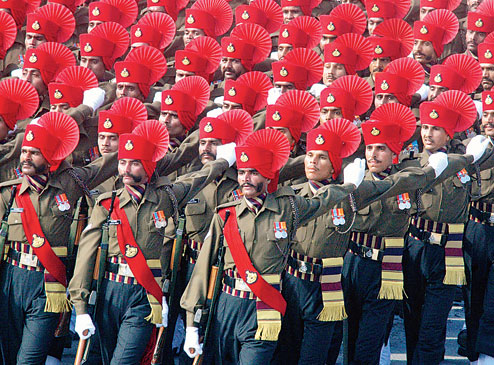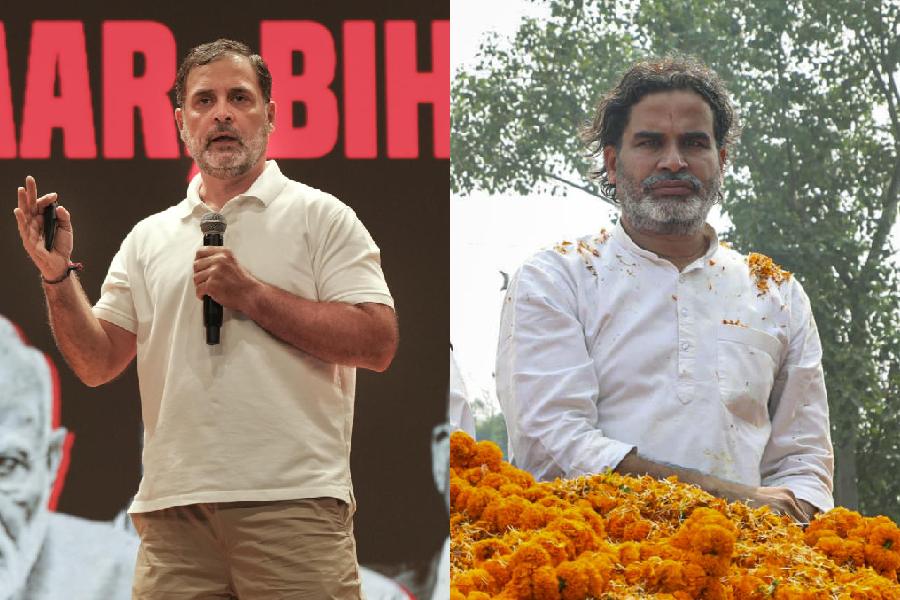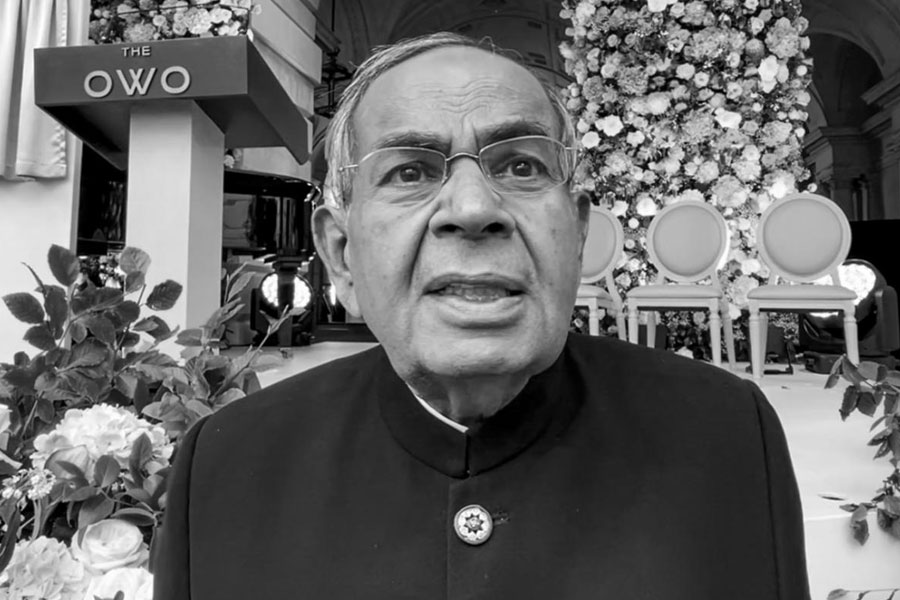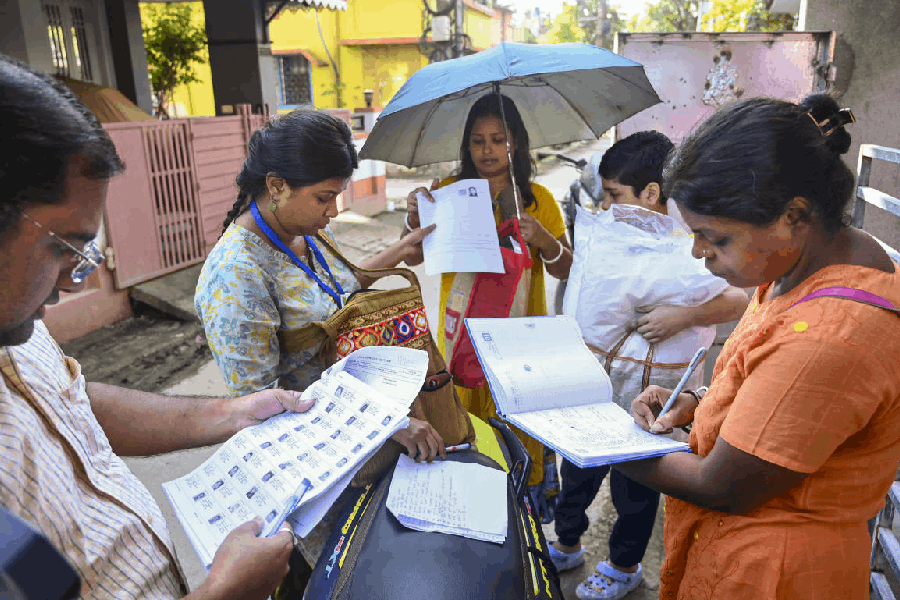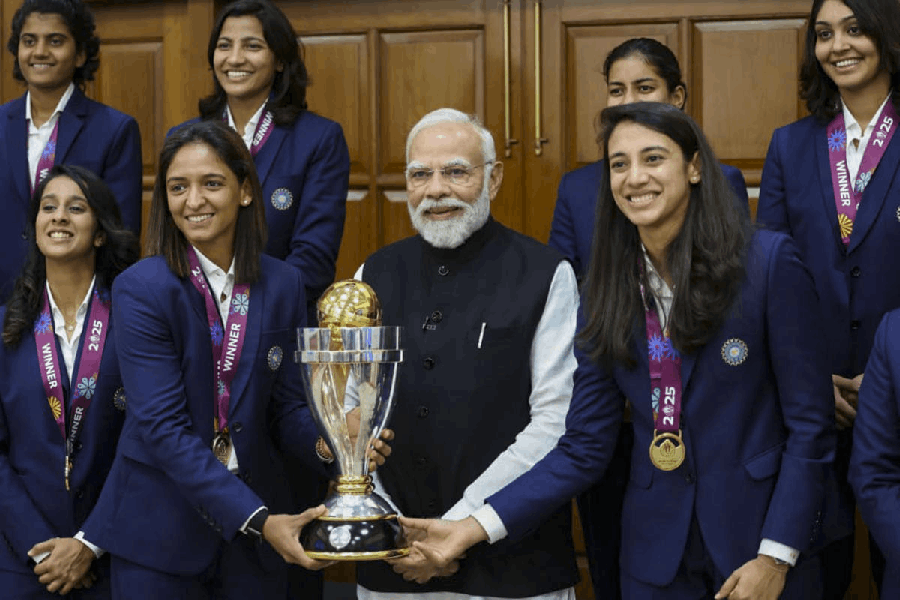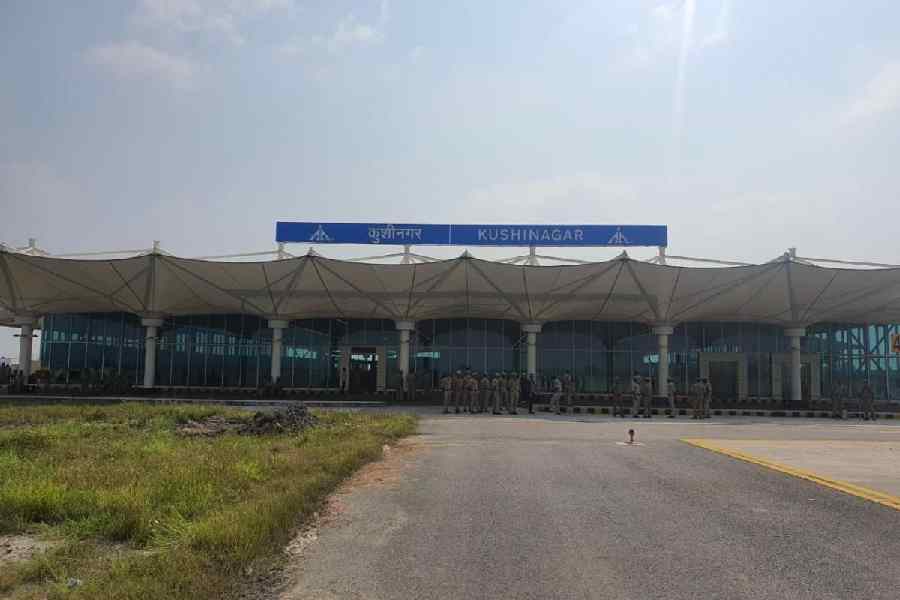 |
| Rajput Regiment, Republic Day parade rehearsal, New Delhi, 2009 |
Trade preceded flag as Englishmen began their journey to India. The ‘factory’ — as the English trading station was first called — was first established in Surat in 1619. It was placed under the guard of sentries who were white and British. Madras (Chennai) followed suit in 1640. Bengal’s turn came with the foundation of Calcutta in 1690. After ceaseless skirmishes with regional satraps, the British emerged on a quest to recruit ‘suitable’ native soldiers to fight for their cause against their Indian rivals. From being a motley crowd characterized by diverse cultures, traditions and attitude, the native recruits of the British Indian army were transformed into a disciplined force under the guidance of the East India Company. At the end of their reign in 1947, the Indian army comprised regiments that had been constituted on the basis of caste, religion, region and language.
India’s apex court is in the midst of hearing a plea seeking directions to abolish the army’s recruitment criteria for its soldiers on the basis of caste, region, religion and language. There is thus an urgent need to examine the genesis of the issue so that one can offer suggestions on how to resolve the issue.
At present, the entire focus appears to be on infantry units. These formations are the first to be mobilized to face enemy fire during a conflict. Let us go through the names of some of these infantry units which are as follows: Jammu & Kashmir Light Infantry; Jammu & Kashmir Rifles; Ladakh Scouts; Punjab and Sikh Regiment and Sikh Light Infantry; Dogra and Kumaon Regiments; Garhwal Rifles; Assam, Bihar and Naga Regiment; Arunachal Scouts; Rajput and Jat Regiment; Rajputana Rifles; Maratha Light Infantry; Madras Regiment; Mahar and Gurkha Regiments. These apart, there are the Guards, Grenadiers, Parachute and Mechanized infantry regiments.
Let us now try to get a realistic picture of the regimental situation. Jammu and Kashmir, Punjab, Bihar, Assam, Madras, Ladakh and Arunachal denote the names of states/regions that have been used while naming the regiments in the army. The Sikh regiments have a strong sons-of-soil flavour and derive their identity from a particular faith in an institution that has remained both apolitical and secular. Names such as Kumaon, Garhwal and Rajputana reveal the linguistic connection and ethnic patterns that feature in the army’s recruitment policy. Maratha, Mahar, Rajput and Jat regiments conspicuously reveal the caste factor, while the Gurkha regiment reminds us of the unique British practice of recruiting hill folks, their ‘foreign’ origins notwithstanding. Only the Guards, Grenadiers, Parachute and Mechanized Infantry units do not subscribe to overt ethnic, religious, linguistic and regional identities in their regimental and recruitment training centres.
The government of India has, apparently, defended the names of regiments based on caste, religion, region and language and contended that the naming was “based on historical reasons and had nothing to do with discrimination”. It has been argued by the government counsel, on behalf of the Centre, that “there had been no recruitment only on the basis of caste, religion and region in the army”.
Broadly speaking, one cannot, and should not, disagree wholeheartedly with the points raised by the learned counsel. Nevertheless, one would like to walk that extra mile and argue that this is perhaps the right time to cast a fresh look at the recruitment process in the Indian army. Why is that so? Because if we Indians can change the names of various historical sites bearing the colonial stamp — roads, monuments, cities, institutions, and so on — there is no reason why we should not try and ensure a sense of uniformity in the names of the various regiments in the army. Undoubtedly, the British were the founders of the modern army in India. But the formation of the British Indian army was based on the theory of ‘martial and ‘non-martial’ races, a theory that helped the shrewd rulers put in place the notorious system of ‘divide and rule’. Two instances would suffice to underline this particular point. Being a vast landmass, there was never a dearth of manpower in India. But this vast landmass also featured communities that were diverse in terms of culture, politics, economies, history and geographical location. There were thus marked differences in capability and attitude. But an institution like the army had to run on uniform, and not diverse, lines.
The British rulers ended up solving the problem with the aid of their ‘foresight’. The commander-in-chief of the imperial army was convinced that “the first step was to substitute men of the more warlike and hardy races for the Hindustani sepoys of Bengal; the Tamils and Telagus of Madras and the so-called Mahrattas of Bombay”. Because “no comparison can be made between the martial... regiment recruited amongst the Gurkhas of Nepal or the warlike races of northern India and of one recruited among the effeminate races of the South”. (The British commander seems to have conveniently forgotten that they emerged victorious in the Anglo-Gurkha and Anglo-Sikh wars with the help of the Bengal army.)
After the mutiny in 1857, the top brass of the British Indian army took it upon itself to prove that native officers “can never take the place of British officers”, even though they were brave and skilled at war. This is because they simply “do not possess the qualities that go to make good leaders of men”. Since the British still adhered to the ‘crush-the-mutiny-fallout’ psyche, they wanted to reward loyalty and annihilate treachery. Consequently, East and South fell from grace, the latter’s non-participation in the mutiny notwithstanding. The North got a pat on its back for its ‘martial’ heritage and for its ‘glorious’ tradition of military service.
Times changed fast with the emergence of a sense of enhanced insecurity in the 20th century that was marked by the need for an inexhaustible supply of manpower. This resulted in the doors of recruitment opening for those groups that had been hitherto denied the privilege of being accommodated in the barracks. A caste-based regiment in the form of 1 and 3rd (Gaur) Brahman Infantry in 1903 was created, only to be disbanded after the First World War. The British love for caste-based regiments did not end there. The outbreak of the Second World War prompted them to create the 1 Chamar regiment, which continued to serve in Burma till its disbandment in December 1946. Similarly, in 1941, the members of the Lingayat community, a caste group from southern India, were enlisted in the 1st Lingayat battalion which initially served as an infantry unit and subsequently as an anti-tank regiment till it was disbanded in the late 1940s.There are too many instances of creation and subsequent disbandment of regiments. The names of regiments on the basis of region and language may be permissible, but all names denoting caste and religion ought to be dropped.

